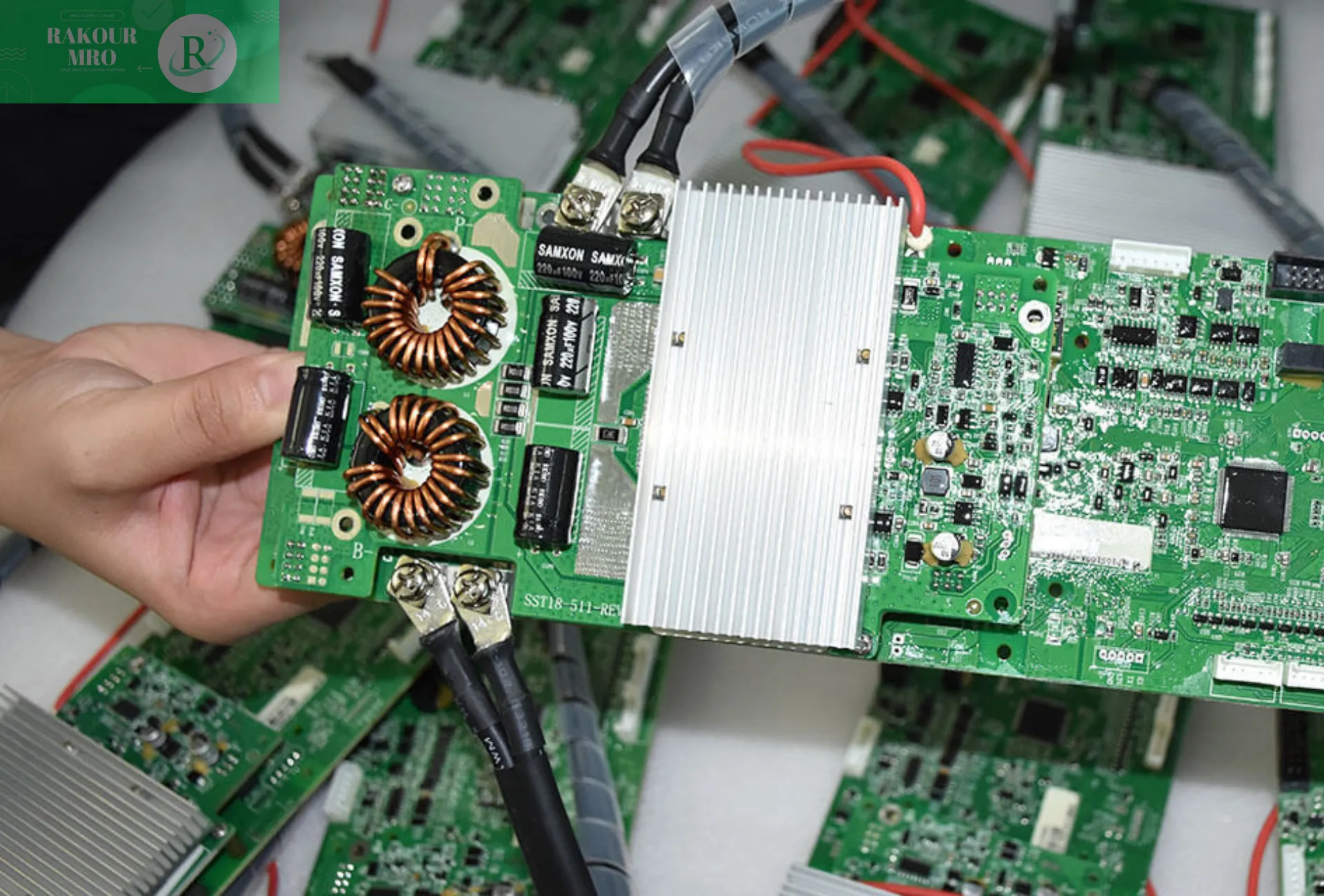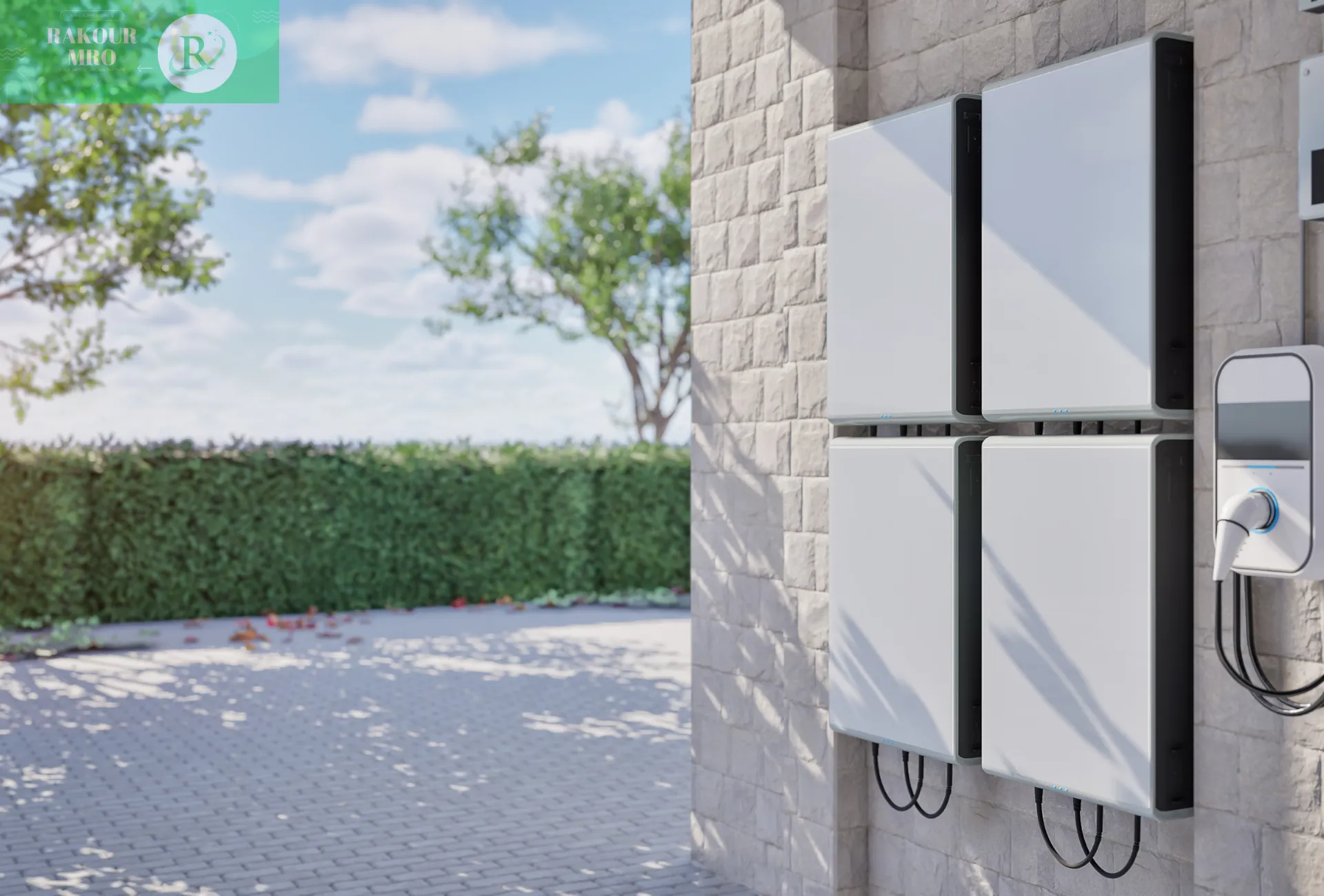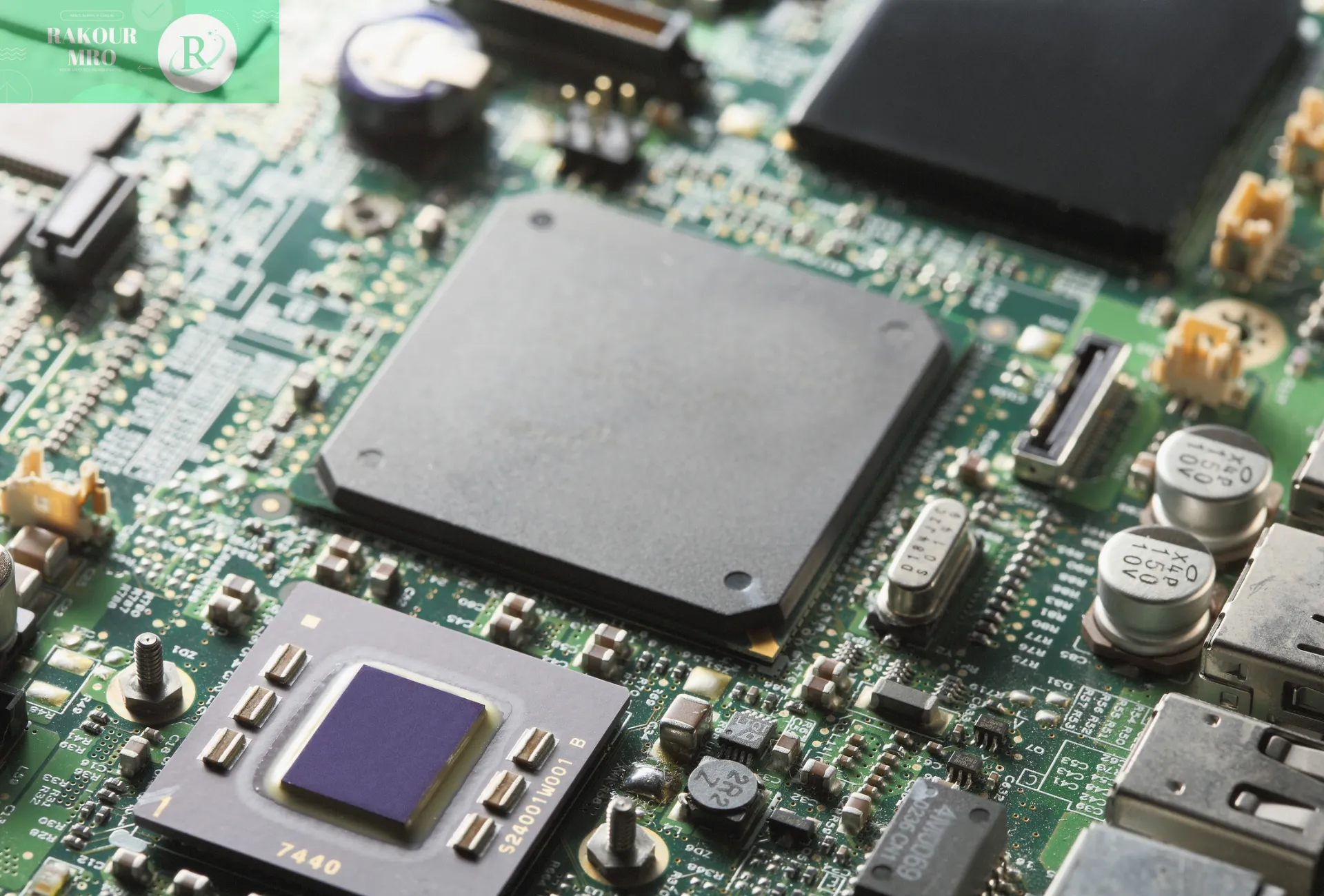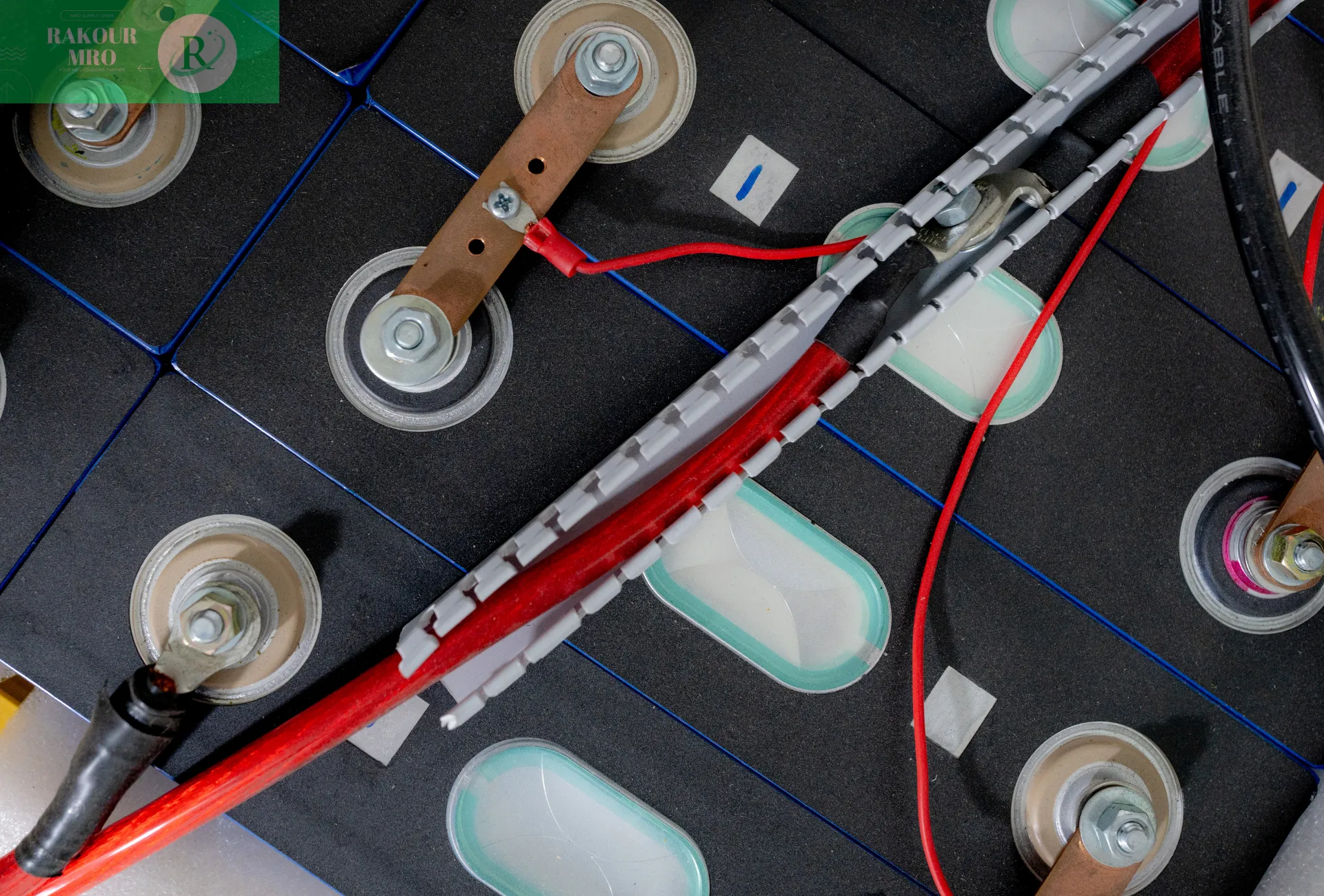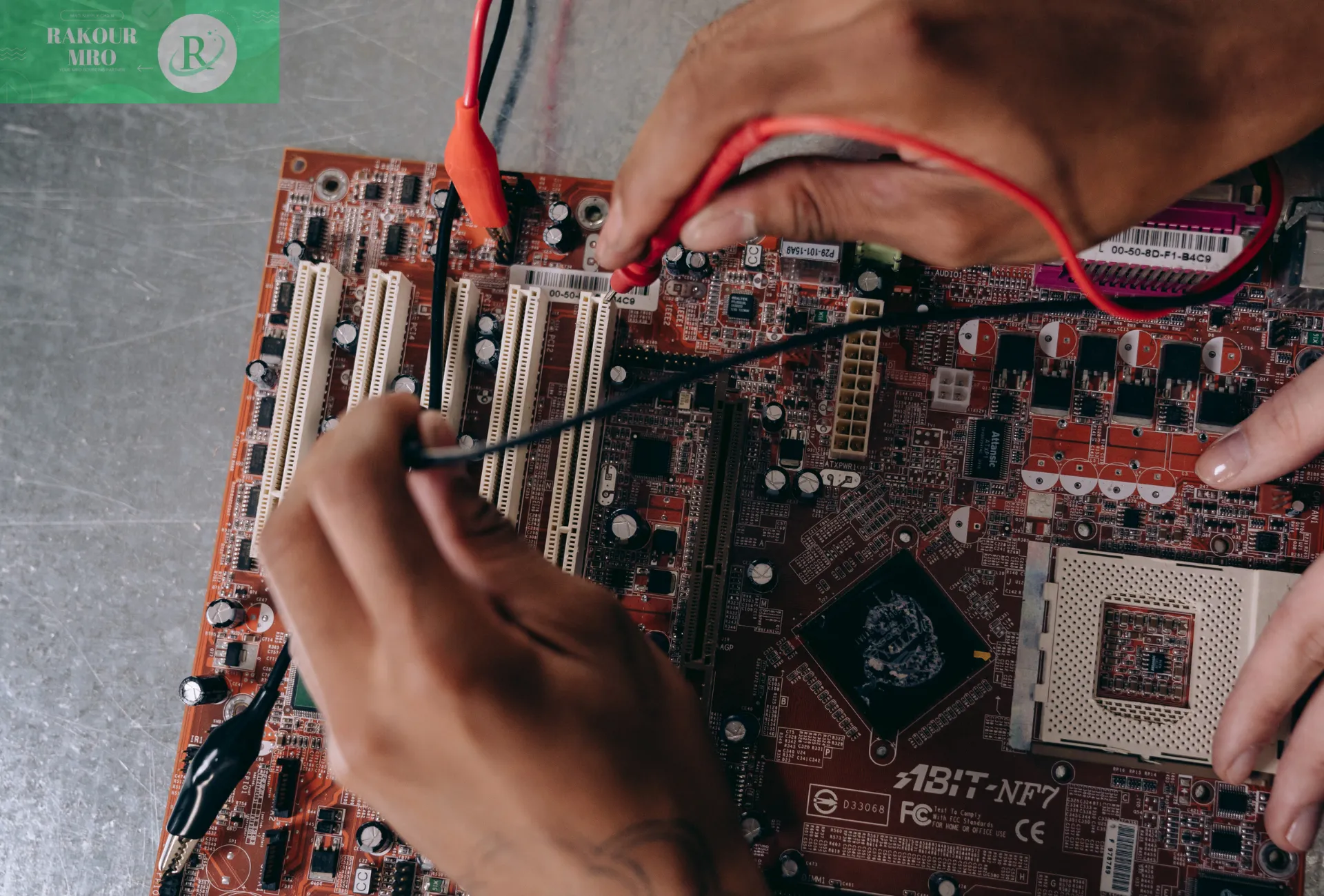
Voltage monitoring and threshold setting
The BMS uses high-precision voltage sensors to monitor the voltage of each battery cell in real time. These sensors precisely measure changes in battery voltage and transmit this data to the BMS control unit. Under normal operating conditions, the battery voltage fluctuates during charging and discharging, but these fluctuations remain within a safe range.
To prevent overcharging and overdischarging, the BMS sets upper and lower voltage thresholds based on the battery’s characteristics. For example, for common lithium-ion batteries, the upper charge voltage limit is typically set at around 4.2V, and the lower discharge voltage limit is set at around 2.5V. These thresholds are determined based on the battery’s chemical characteristics and safety standards to ensure that the battery operates within these voltage ranges without damage or safety issues.
Overcharge protection
As the battery is charging, its voltage gradually increases. The BMS continuously monitors the voltage of each battery cell. Once the voltage of a battery cell reaches the set upper threshold (for example, 4.2V), the BMS immediately takes action:
Cut off the charging circuit
The BMS will cut off the charging current to the battery cell by controlling the charger or the vehicle’s charging system. This prevents the battery voltage from continuing to rise, avoids the runaway chemical reaction inside the battery caused by overcharging, and thus prevents battery damage or fire.
Sound the alarm
At the same time, the BMS will send an alarm to the vehicle’s dashboard or the user’s device to remind the user that the battery is full and charging needs to be stopped. This not only protects the battery but also reminds the user to pay attention to charging safety.
Over-discharge protection
During the discharge process, the battery voltage will gradually decrease. The BMS will also continuously monitor the voltage of each battery cell. Once the voltage of a battery cell drops to the set lower threshold (for example, 2.5V), the BMS will immediately take action:
Cut off the discharge circuit
The BMS will cut off the discharge current to the battery cell by controlling the vehicle’s power system or the device’s power management system. This prevents the battery voltage from continuing to drop and avoids damage to the battery’s internal chemical structure due to over-discharge, thereby extending the battery’s service life.
Sound the alarm
At the same time, the BMS will issue a low-battery alarm to the user, reminding the user to charge in time. In electric vehicles, this is usually achieved through a low-battery indicator light on the dashboard or an audible alarm, ensuring that the driver can take timely measures to avoid the vehicle breaking down due to battery depletion.
Dynamic adjustment and balance management
Beyond simply shutting off circuits, the BMS also offers advanced features to prevent overcharging and over-discharging. For example, the BMS can dynamically adjust the charging current and voltage to ensure that each battery cell is charged evenly within a safe range. For higher-voltage cells, the BMS can appropriately reduce the charging current, while for lower-voltage cells, it can appropriately increase the charging current, thereby achieving balanced charging across the battery pack.
During the discharge process, the BMS can also dynamically adjust the discharge current of each battery cell in a similar manner, ensuring a uniform discharge current across all cells and preventing damage to individual cells due to over-discharge. This dynamic adjustment and balancing management not only improves the overall performance of the battery pack but also extends the battery life.

